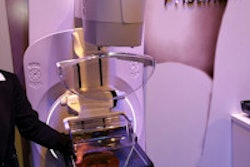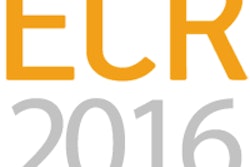Dear MRI Insider,
The mere mention of "functional MRI" can instill fear in a clinically focused radiologist who feels unsure about his or her knowledge of physics, chemistry, and all things molecular. So a prize-winning beginners' guide presented by Spanish researchers at ECR 2016 is bound to attract plenty of interest.
To succeed with functional MRI and produce valuable reports, you must be able to recognize anatomical landmarks, the authors emphasized. Click here to find out more.
The safety of gadolinium-based MRI contrast agents came under the microscope at ECR 2016. The European Medicines Agency and U.S. Food and Drug Administration are currently investigating this topic, and judging by the emotionally charged panel discussion at Friday's special focus session, the regulators will not have an easy task. To learn more, click here.
Meanwhile, Dutch researchers have found that MR-guided high-intensity focused ultrasound is safe for breast tumor ablation, offering an even less invasive alternative to lumpectomy -- as well as other forms of ablation -- for women with early-stage invasive breast cancer. Get the story here.
Another team of Dutch investigators may have found a way of boosting cancer detection in women with dense breasts. They used a new computer-aided detection algorithm to find breast cancers in women whose dynamic contrast-enhanced breast MRI exams were thought to be negative. For the full details, click here.
This letter features only a few of the many articles posted over recent weeks in the MRI Community. Please do check out the rest of our coverage below this message.




















